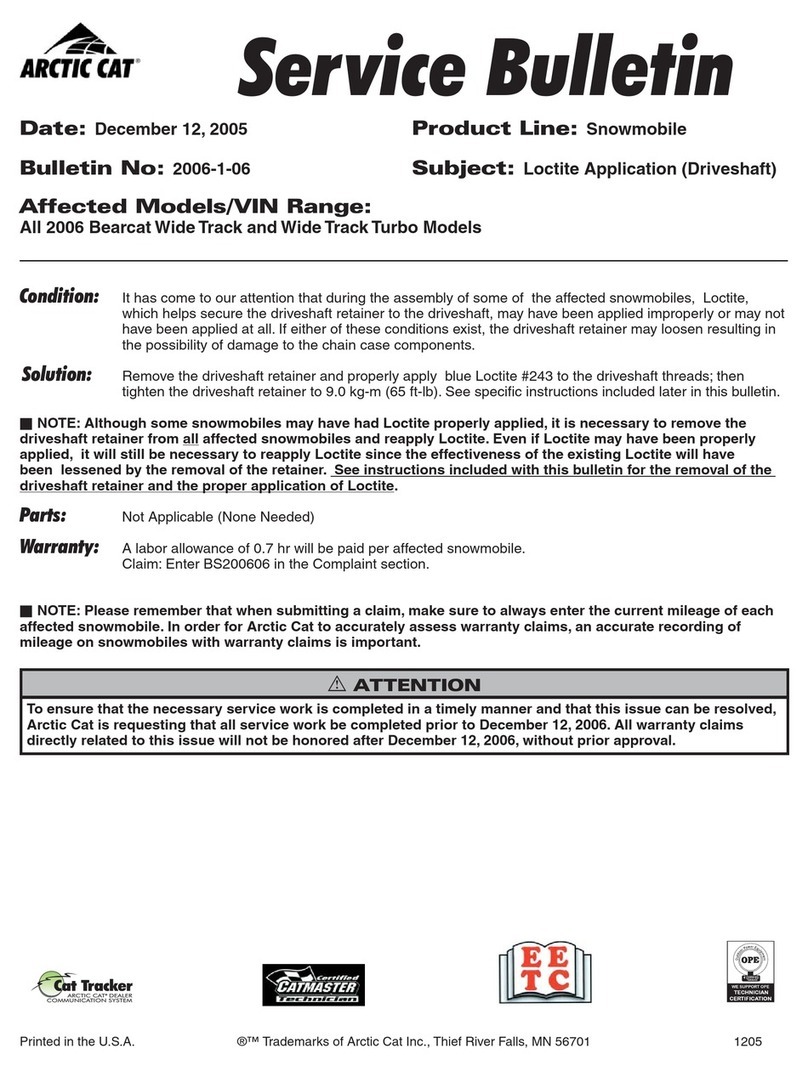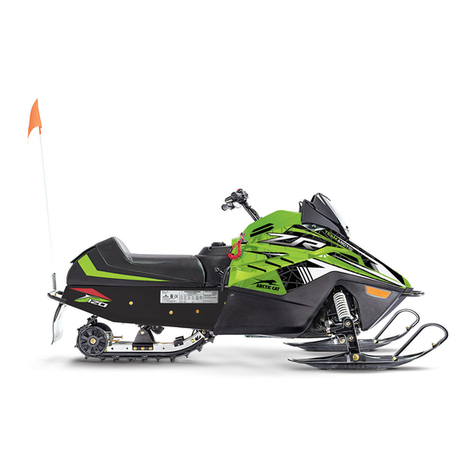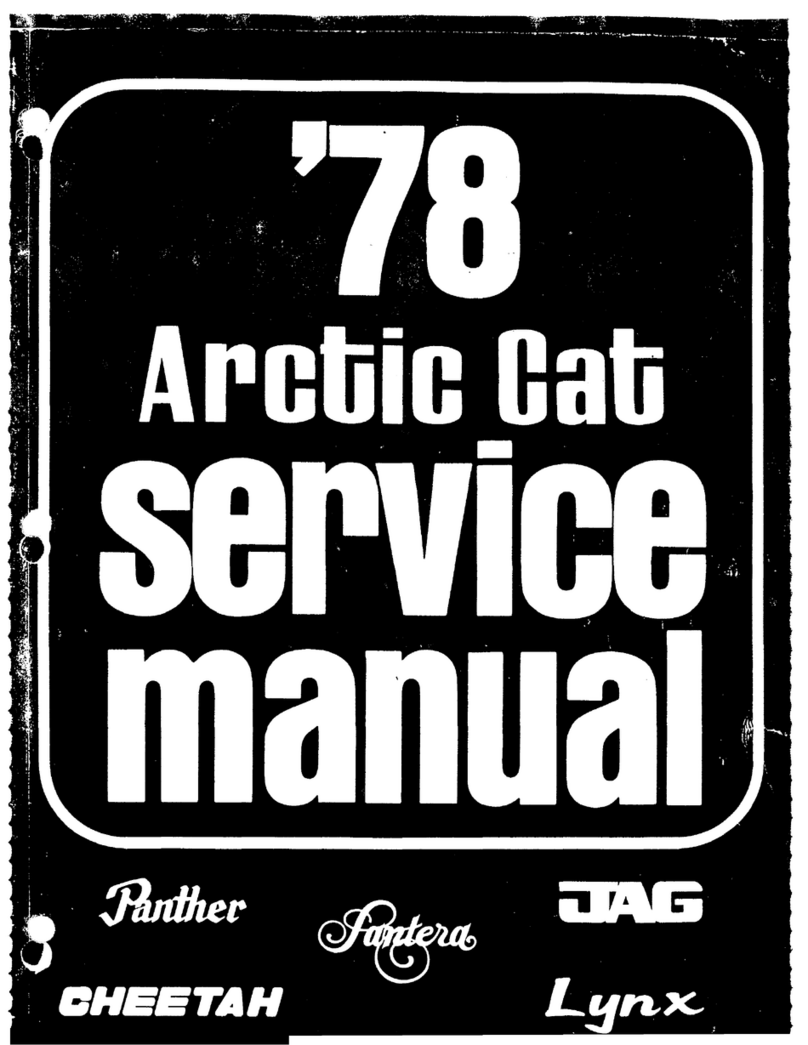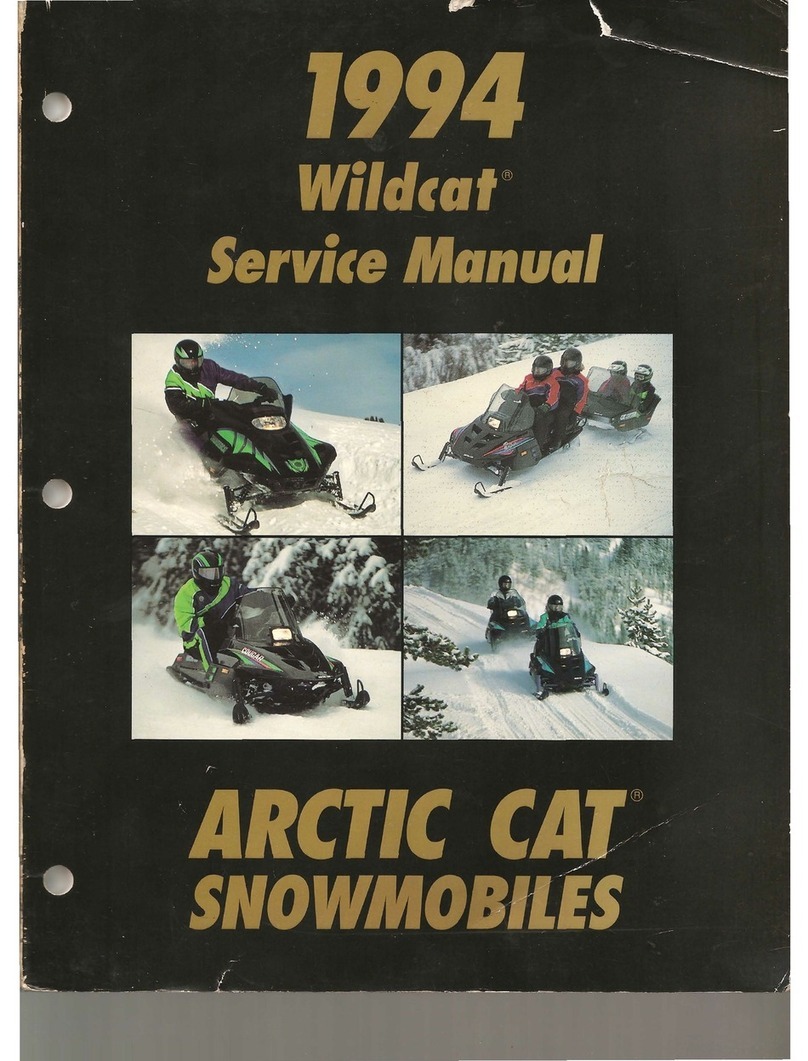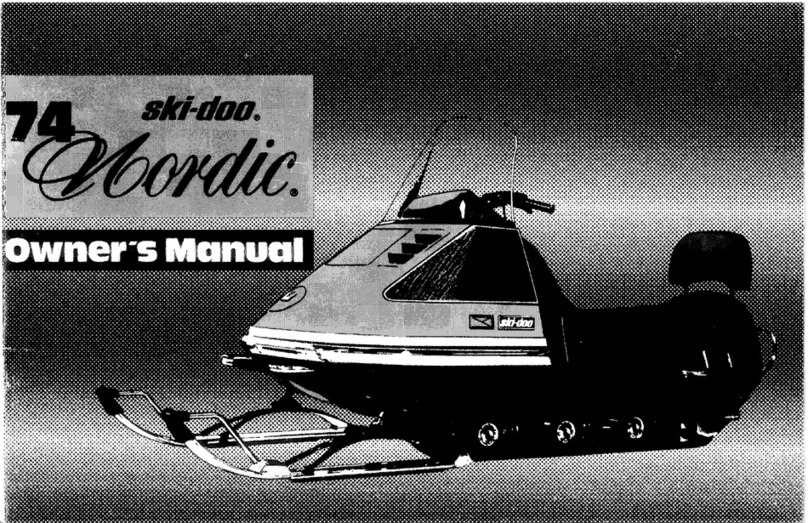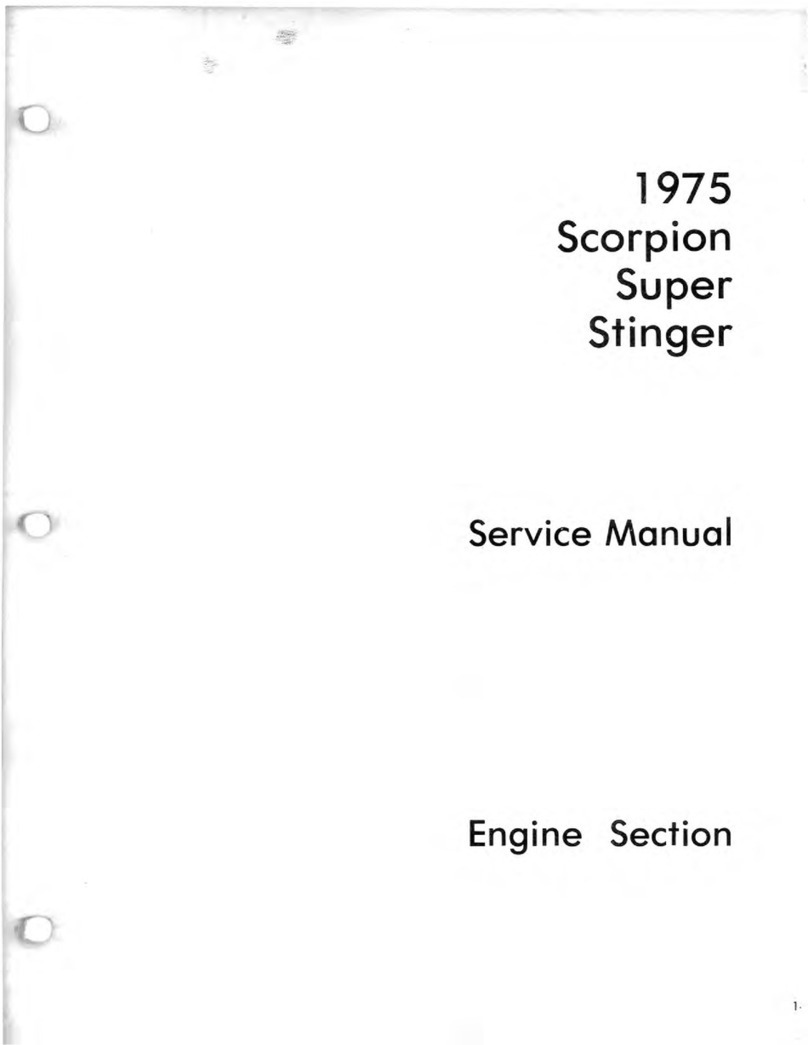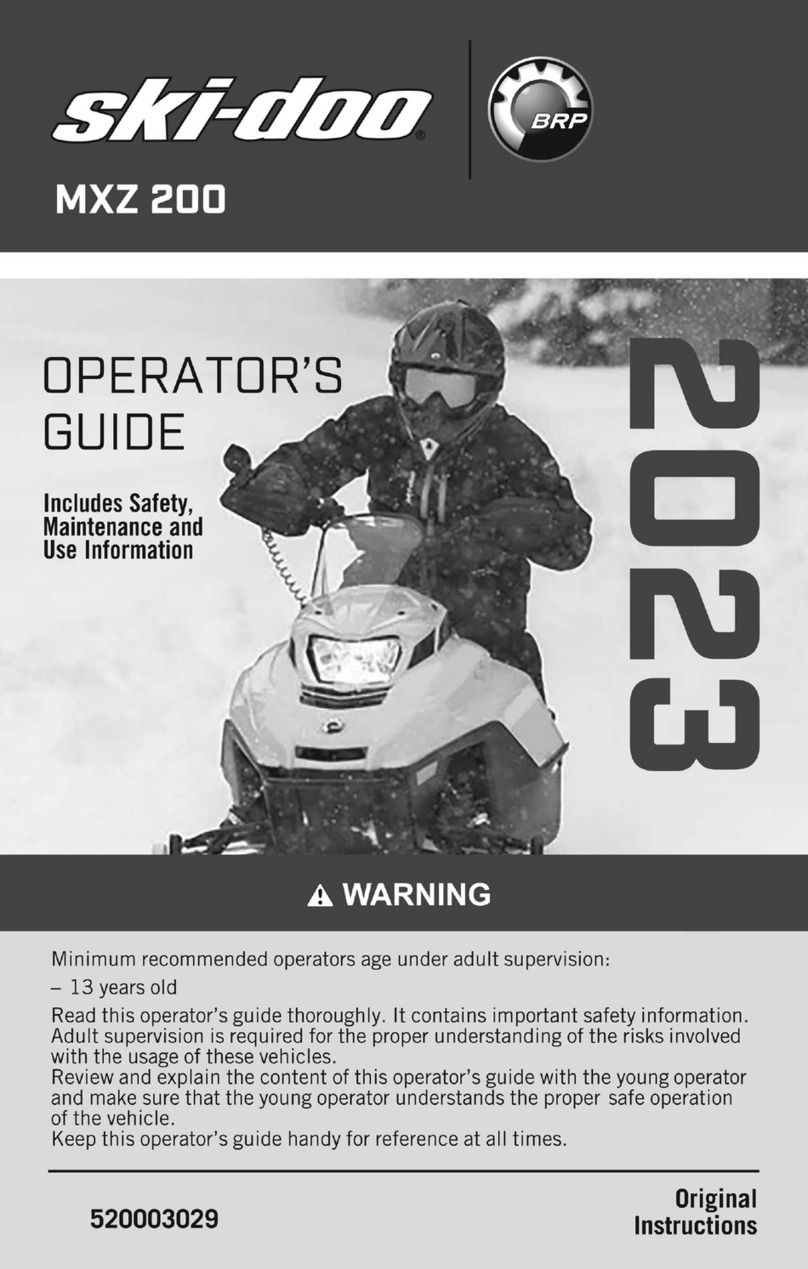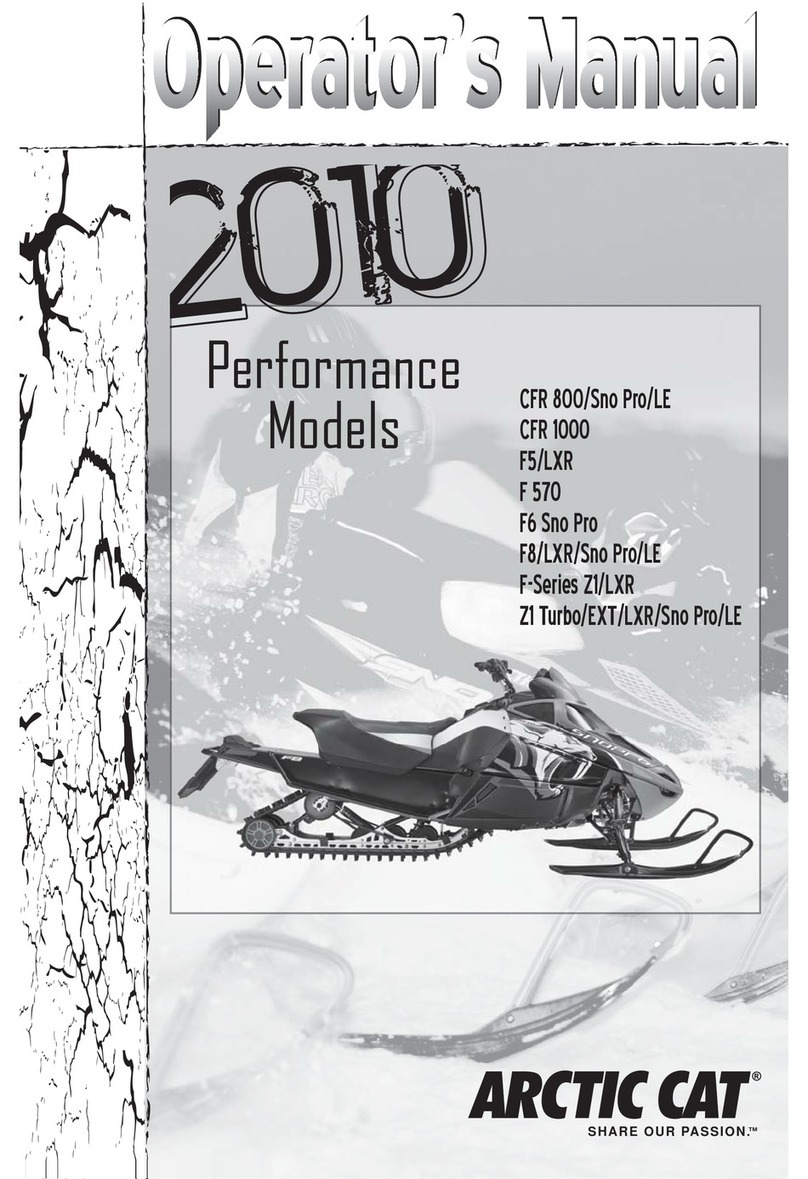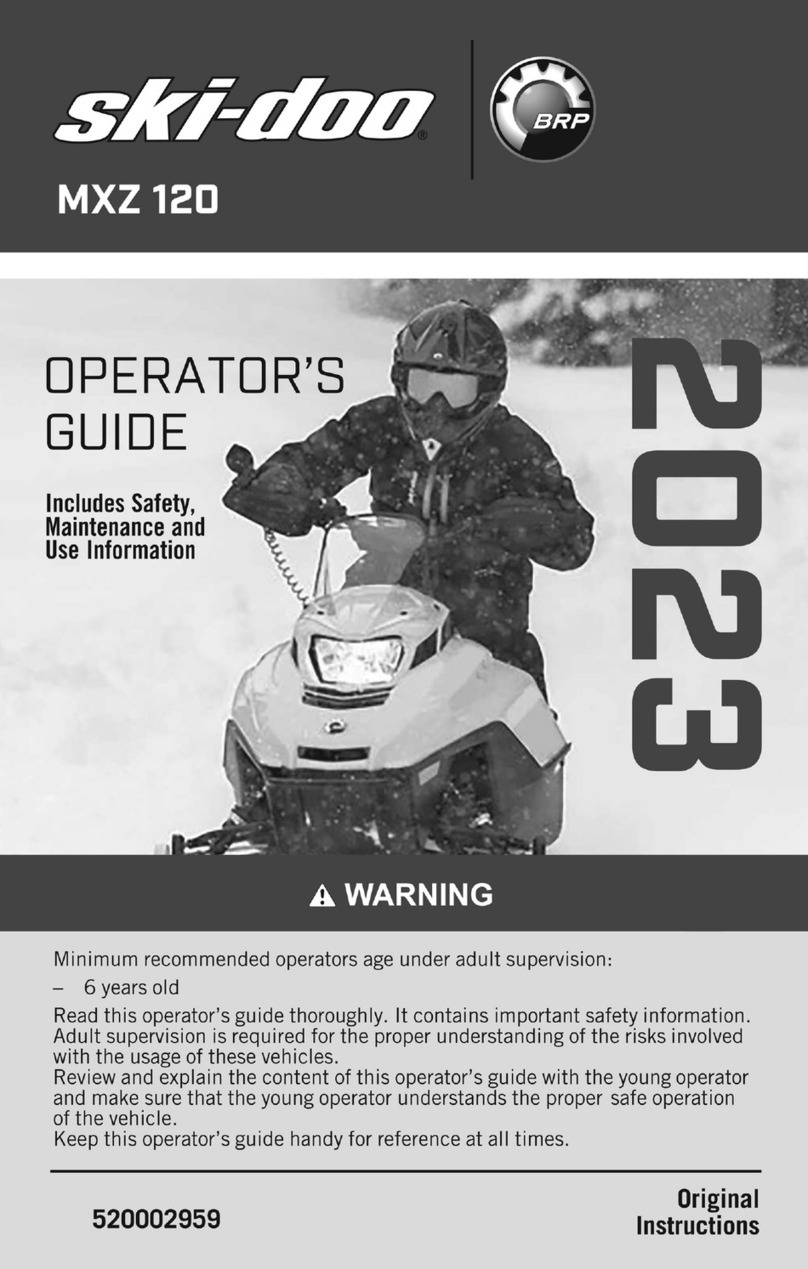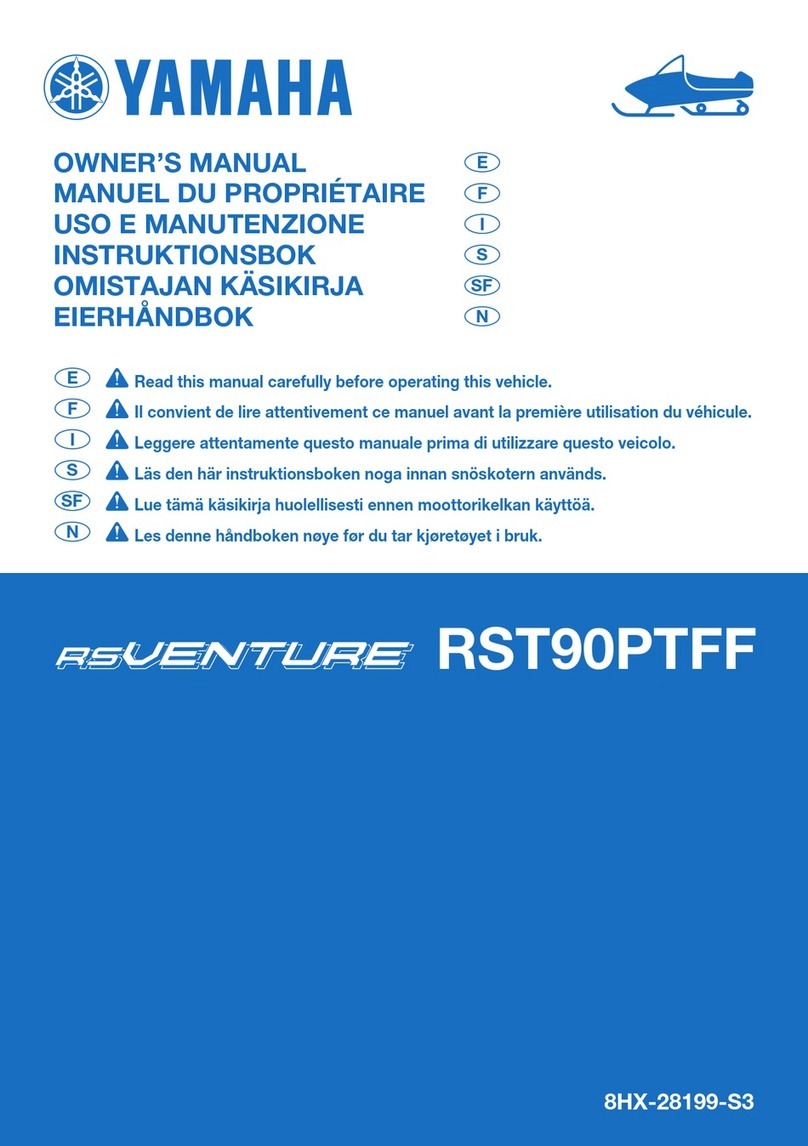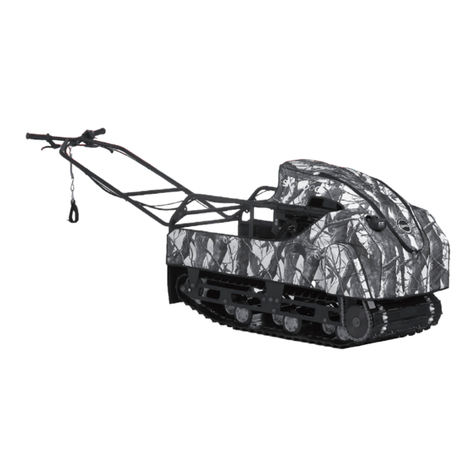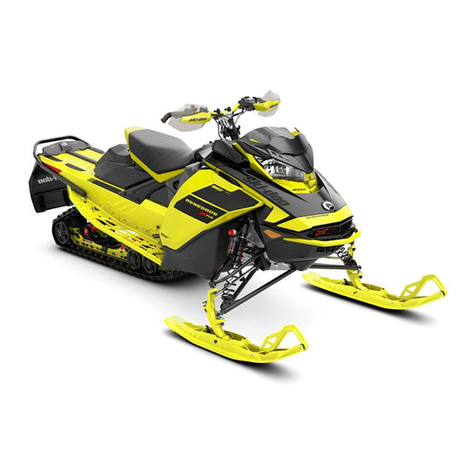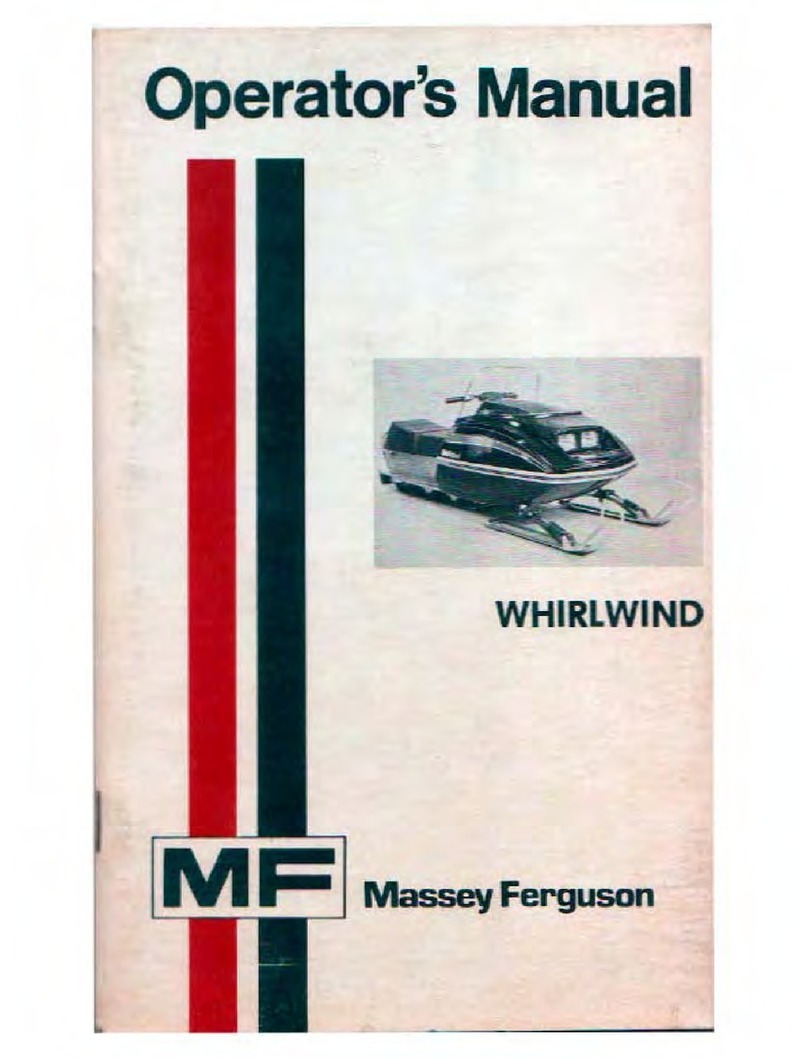
1-4
TURBOCHARGING
Turbocharging is one method of compensating for loss of
air density that works extremely well when applied to
four-cycle internal combustion engines.
Exhaust gasses are directed through the turbocharger tur-
bine wheel which is attached to the compressor through a
common shaft. As the exhaust gasses spin the turbine, the
compressor is spun at very high RPM. Inlet air is drawn into
the compressor, compressed, and routed to the intake mani-
fold of the engine. Intake pressure, therefore, is maintained
at the optimum level as altitude or temperature increases.
The turbocharger output must be regulated to maintain the
optimum manifold pressure throughout the designed oper-
ating range. This is accomplished by regulating the volume
of exhaust gasses passing through the turbine by controlling
a diverter valve (waste gate) at the turbocharger turbine
inlet. At lower altitudes/temperatures, excessive exhaust
gasses are diverted past the turbine and into the exhaust
downstream of the turbocharger thus limiting the compres-
sor output to maintain correct manifold pressure.
As altitude increases, the manifold pressure is held constant
by diverting less exhaust past the turbine, thus increasing
compressor speed. This will continue until the waste-gate is
completely closed at which time manifold pressure will start
to decrease much the same as a normally aspirated engine.
The waste gate is controlled by a spring/diaphragm
mechanism that is connected to the intake manifold by an
air line. A mechanical linkage connects the diaphragm to
the waste gate control arm.
Air is heated by friction and compression through the turbo-
charger and air density is lost by heating the air; therefore, an
after-cooler is installed between the turbocharger compressor
and the intake manifold. This is an air-to-air after-cooler that
uses outside air directed through a radiator-type cooler to
cool the compressed air prior to entering the intake manifold.
SUSPENSION
The different riding styles of the individual operator, the
varying snow conditions, and the type of terrain are all
factors that affect the suspension at high altitude. Trail
riding versus powder snow riding versus combination
riding will all require different suspension settings.
The normal setting for front ski suspension is as little spring
pre-load tension as possible for powder snow riding allow-
ing the skis to float across the snow with the least amount
of resistance. Trail riding will require more spring tension
to carry the varying load more effectively. Many different
settings and spring tensions to consider exist when adjust-
ing for riding style and snow conditions.
The rear suspension has a number of spring settings that
produce different riding characteristics.
The front arm spring and shock will also affect the ride and
handling when either on a trail or in powder snow. A strong
spring setting on this shock will cause the snowmobile to
tend to “dig” more when riding in the powder snow rather
than climbing up on top of the snow. But, it will work more
effectively when riding on a trail. A softer spring setting
will allow the front of the rear suspension to collapse much
quicker and change the angle of the track to the snow. A
more gradual angle will tend to raise the snowmobile up on
the snow rather than digging into it.
Many possible variables and adjustments to the rear sus-
pension exist depending on snow conditions, riding style,
and type of terrain. These adjustments can be made to indi-
vidualize the snowmobile to the riding style of the operator.
M/XF High Country
As snow cover and riding conditions change, several dif-
ferent adjustments can be made to change the ride and han-
dling characteristics for operator preference. Located on
the front suspension arm are limiter straps. They limit the
amount of “fallout” the front arm can have. These straps
may be adjusted in or out due to conditions and riding
style. The more the straps are brought up, the more steering
power the operator has due to the amount of ski pressure.
Another adjustment that can be made on the rear suspen-
sion is the front arm shock spring tension. As trail condi-
tions change, the spring pre-load may be used to decrease
the chance of the front end “bottoming out.” With a stiffer
spring pre-load, the ride of the snowmobile will improve on
the trail but will affect the performance in the deep powder
snow. In deep powder snow, the stiffer spring pre-load will
cause the front-end to “dig” and possibly take longer for it
to plane off. Several different-rate springs are available for
different riding styles and terrain conditions.
On the standard models, the front shock springs are also
individually adjustable for the terrain conditions and
driving style of the operator. The spring adjuster has been
set at the factory so the correct amount of threads are
exposed between the spring adjuster and the shock hous-
ing as an initial setting. Additional ski pressure can be
obtained by tightening the spring tension; ski pressure
can be decreased by relaxing spring tension. Springs with
different spring rates are available for operator choice
and snow conditions.
A limit exists as to how far you can pre-load the springs
before “coil bind” takes effect where the wire on the
spring actually runs into itself and causes binding. Equal
adjustments should be maintained on both sides of the
snowmobile. On the Sno Pro models with air shocks,
they are individually adjustable for the terrain conditions
and driving style of the operator. The shocks are preset at
the factory (see chart) as an initial setting; however, it is
possible to “fine tune” the shocks to match the operator’s
weight, riding style, and terrain conditions.
Checking and adjusting air pressure must be done at riding
temperature (outside). Also, it is advisable to check air pres-
sure when the outside temperature varies more than 25°.
NOTE: Care should be taken to have equal pressure
in the ski shocks before operating the snowmobile.
Finally, track tension should be looked at to make sure that it
is within recommended specifications to affect the efficiency
of the snowmobile. On models with the torque sensing link,
the track is actually tightening as the suspension moves
through its range of motion causing the track to sag in the
middle and rub on the top part of the rear suspension arm.
Initial Setting Chart
Model Front Shock (Ski) Rear Arm Shock
M Sno Pro 6.3 kg/cm2 (90 psi) 10.2-10.6 kg/cm2
(145-150 psi)
XF Sno Pro 5.3 kg/cm2 (75 psi) 9.8 kg/cm2(140 psi)










